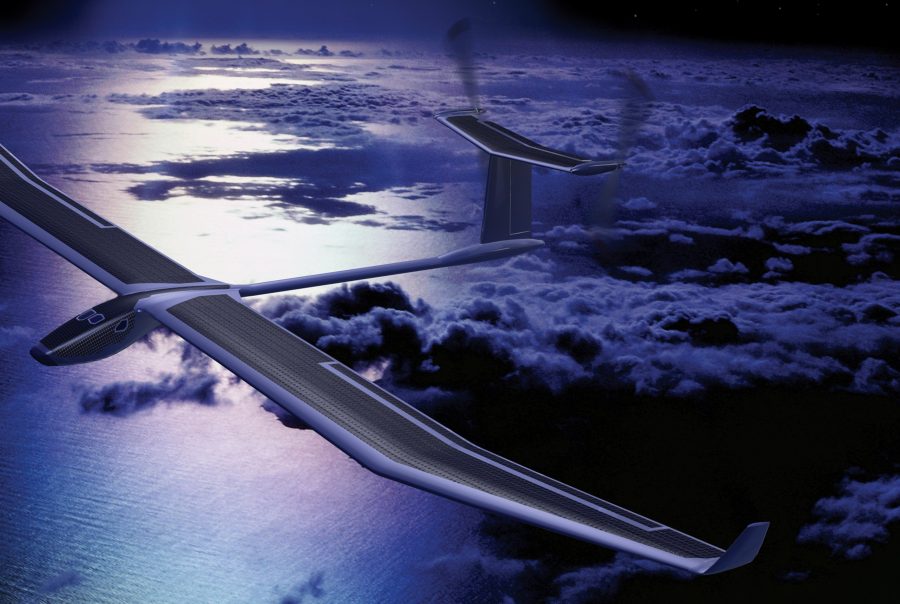The Secrets of High-Performing Teams (Part Three)
by Melanie Farmer and Paul Hawkins, Crazy Might Work

Why do some teams achieve extraordinary goals under extreme conditions and constraints whilst others fail, even when well-resourced and highly trained? In our series on high-performing teams, we pull out some of the less obvious threads, with reference to three exceptional teams. Our third and final story, in this series, is from the Solar Impulse team.
A diverse group of engineers, pilots, and scientists committed themselves to circumnavigating the globe with a solar-powered aircraft over 40,000km, without using any fuel. Ridiculed by critics, who declared that such a plane would be, ‘Too big, too light and impossible to control in flight’, the historic journey commenced in 2016. In analysing the success of this team, despite the seemingly insurmountable, technical, funding and legal odds, we find the galvanising effect of a compelling purpose at the core. In the words of team leader, Bertrand Piccard, the mission was to ‘…demonstrate the role of clean technologies for sustainable development; and to place dreams and emotions back at the heart of scientific adventure…Solar Impulse was not built to carry passengers but to convey messages. We want to demonstrate the importance of the pioneering spirit, to encourage people to call their certainties into question.”
This inspirational mission united a diverse team of 90 people to maintain a commitment that eventually saw them build the most energy efficient solar aircraft in history, flying for 5 days and 5 nights without fuel to complete the game-changing epic.
Analysing their success, we discover the 100% commitment effect where the team dedicated themselves to an audacious goal that captures both head and heart. To fail the mission would be to fail the planet. The completion of this extraordinary flight ignited discussions about funding, policies and international law changes to make this kind of project more pervasive. The team continue to change the world; influencing and aligning economic policies with much needed technological and ecological transitions.
What is somewhat counter-intuitive about this example is that the elevation of the mission to the status of an aspirational, near-impossible objective is what engendered the commitment required to pull it off. Theresa Amabile conducted research which showed that high-performers were much more motivated when presented with a seemingly impossible ‘moonshot’ than a more pedestrian alternative. In their words, “We were put in a situation where we were told it could not be done – other companies had turned down the offer…so there was a challenge, and that challenge gave us our motivation.”
Key Take Aways from Each of our Articles on High-Performing Teams
Article 1 – Seven Summits. The story of the all-female Nepalese climbing team that successfully ascended Everest. Key takeaway – Behavioural change needs social support.
Read it here.
Article 2 – Thai Cave Rescue. The heroic rescue of 12 boys from a flooded cave in Thailand. Key takeaway – Imperfect action: Full and timely commitment to a mediocre plan is better than late commitment to a great one.
Read it here.
Article 3 – Solar Impulse. We shared the extraordinary success of the team who delivered a 5 day – 5 night flight around the world without fuel. Key takeaway – High-performing teams become more motivated when presented with near-impossible goals.
Additional Resources:
•NASA’s 4-D – training for high-performing teams
•DisruptivebyDesign® – an innovation toolkit for future-proofing leaders
•Image Credit – Oxyde.de-Sapristi/ EPFL – Solar Impulse
Want original, well-researched articles like this on a monthly basis? Sign up for our newsletter. Subscribe and share below!


